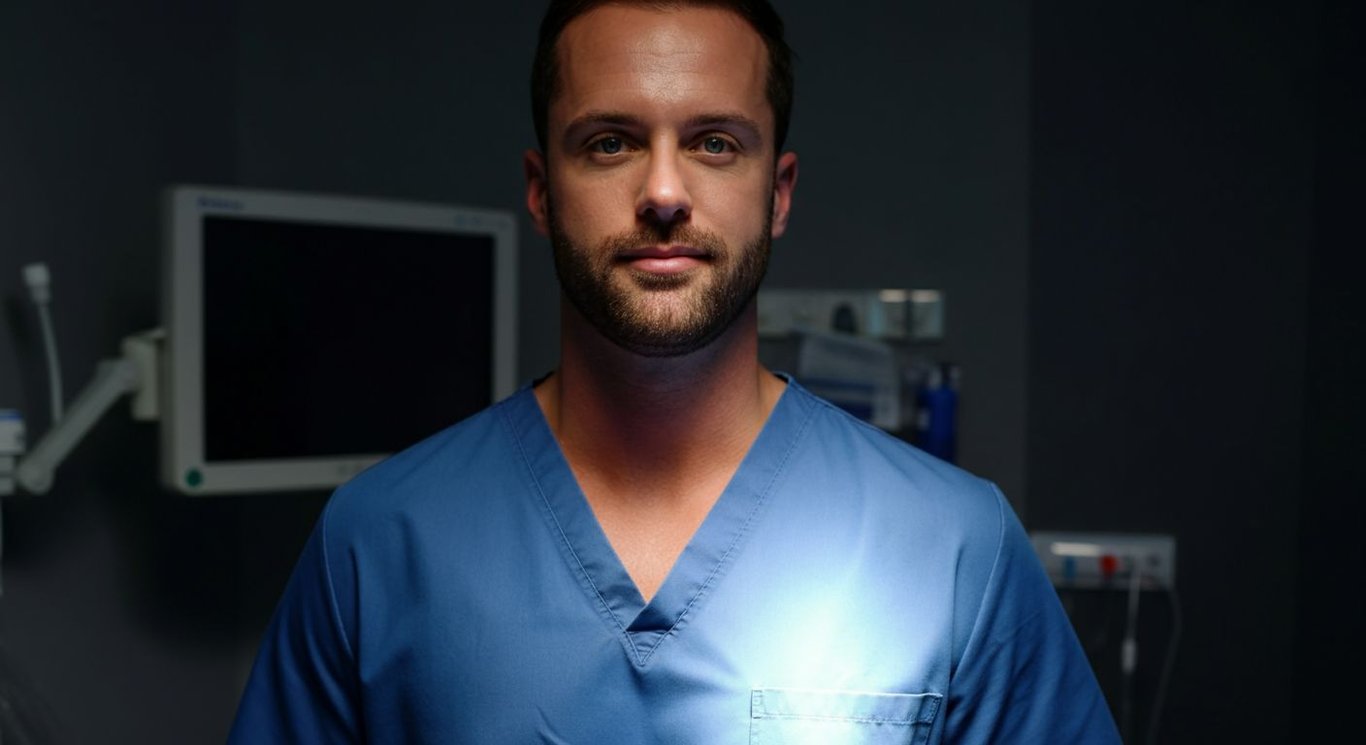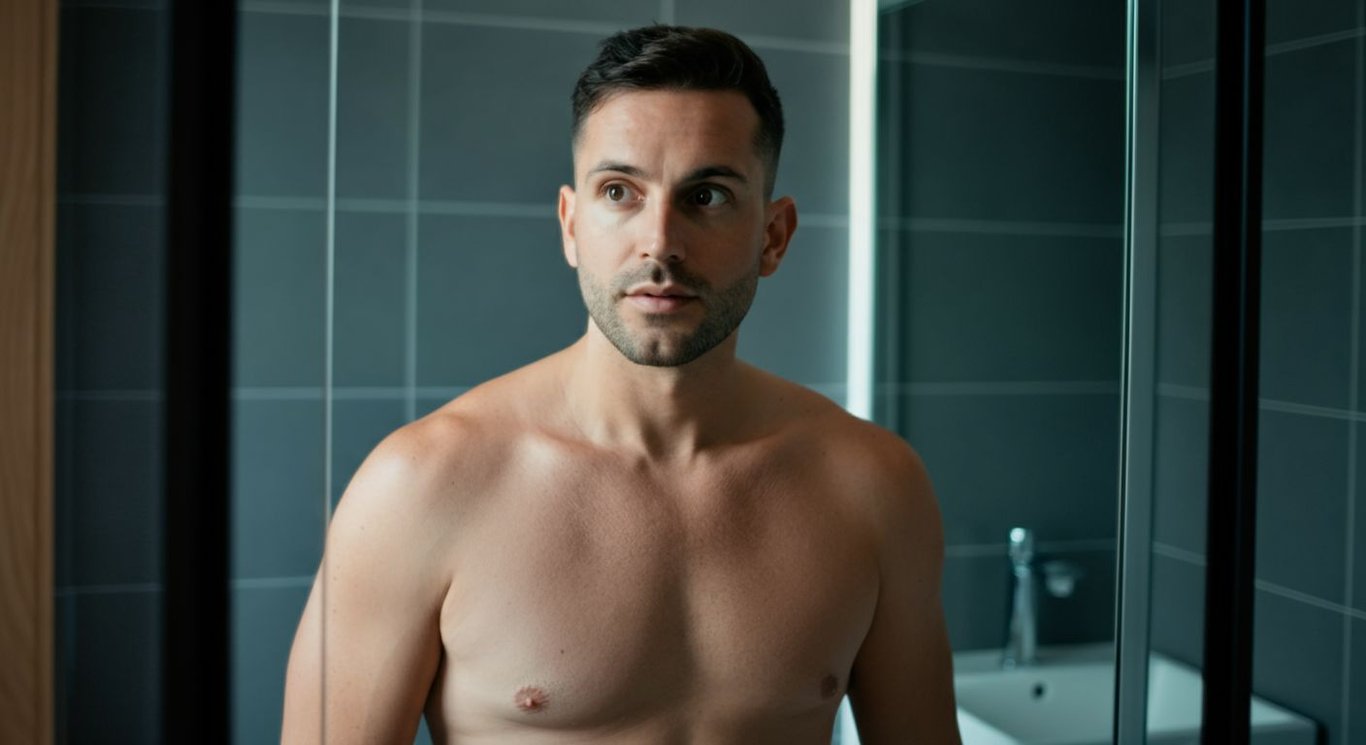Gynecomastia: Uncover the Facts About Male Breast Reduction
Discover the revealing facts about gynecomastia, its causes, treatments, and impact on men's confidence, as we break down the myths and offer a clear understanding of this condition.
Understanding Gynecomastia: Causes, Treatment, and Impact
Gynecomastia, commonly known as enlarged male breasts, is a widespread condition affecting many men worldwide. It's not just a physical issue but can also deeply impact one's psychological well-being. This guide dives into the causes, treatment options, and broader effects of gynecomastia, offering insights for those seeking to understand and address this condition.
Decoding Gynecomastia: What Causes Enlarged Male Breasts?
Hormonal Shifts and Gynecomastia Development
Gynecomastia typically arises from a delicate balance disruption between testosterone and estrogen. This imbalance can stem from varied factors, significantly impacting men across different age groups. Puberty, a period marked by significant hormonal fluctuations, is a common trigger, often resolving on its own as hormones stabilize. The aging process itself can lead to a decrease in testosterone levels, relatively increasing estrogen's effects. Gynecomastia, characterized by enlarged male breasts, is a condition that can significantly affect self-esteem. Understanding the underlying causes is the first step toward effective management.
- Pubertal Changes: Hormonal fluctuations during puberty can temporarily increase estrogen levels.
- Aging Effects: As men age, testosterone levels often decline, leading to a relative increase in estrogen.
- Medication Side Effects: Certain drugs can interfere with hormone balance, contributing to gynecomastia.
Certain medical conditions can also play a role. For example, some tumors may secrete hormones that disrupt the body's natural balance and lead to gynecomastia. Liver and kidney disease can affect hormone metabolism, potentially contributing to the condition, making accurate diagnosis essential. Sometimes, what appears to be gynecomastia is actually pseudogynecomastia , a condition where excess fat accumulates in the chest area without glandular enlargement.
Impact of Lifestyle and Genetic Predisposition
Beyond hormonal imbalances and medical conditions, lifestyle choices can influence the development of gynecomastia. Anabolic steroid use, often associated with bodybuilding, can drastically alter hormonal balance, leading to or worsening the condition. Excessive alcohol consumption can also affect liver function, further disrupting hormone metabolism. Additionally, genetics can play a role, with some men being predisposed to gynecomastia due to inherited traits that affect hormone sensitivity or metabolism. Research indicates that up to 15% of gynecomastia cases might have a hereditary component.
- Assess Family History: Understanding your family's medical history can reveal a genetic predisposition.
- Evaluate Lifestyle: Consider how lifestyle choices could be affecting hormonal balance.
- Consult a Specialist: Discuss concerns with a healthcare provider for an accurate diagnosis and guidance.
In many cases, identifying and addressing the underlying cause can help manage or resolve gynecomastia. For example, if medication is the culprit, switching to an alternative drug may alleviate the condition. Addressing lifestyle factors can also lead to improvements. For persistent or severe cases, medical treatments or even surgical options like male breast reduction might be considered, but only after a thorough evaluation.

Beyond 'Man Boobs': Exploring Treatment Options
Navigating Non-Surgical Paths for Gynecomastia Reduction
For individuals experiencing mild to moderate gynecomastia, non-surgical interventions can be an effective starting point. Lifestyle adjustments, such as implementing a balanced diet and regular exercise, play a crucial role, particularly in cases of pseudogynecomastia, where excess fat is the primary concern. Regular physical activity, including both cardiovascular exercises and strength training, aids in reducing overall body fat, which can diminish chest fat deposits. A diet rich in lean proteins, whole grains, and ample vegetables supports fat loss while maintaining muscle mass. Furthermore, managing hormone-disrupting habits, such as excessive alcohol consumption, can positively influence hormonal balance.
- Adopt a Balanced Diet: Focus on whole, unprocessed foods to aid in fat loss and hormonal balance.
- Incorporate Regular Exercise: Combine cardio and strength training to reduce overall body fat.
- Limit Alcohol Intake: Reduce alcohol consumption to support healthy liver function and hormonal regulation.
Surgical Solutions for Lasting Results
When lifestyle changes and medications do not provide significant improvement, surgical options like liposuction and mastectomy offer more direct and lasting results for treating gynecomastia. Liposuction is effective at removing excess fat from the chest area through small incisions, resulting in minimal scarring. This approach is particularly useful when gynecomastia is primarily due to fatty tissue rather than glandular enlargement. A mastectomy involves removing the glandular tissue through surgical excision. The technique used will depend on the extent of tissue removal required and the surgeon's assessment, often resulting in a reshaped, more masculine chest contour. According to the American Society of Plastic Surgeons, male breast reduction procedures have seen a steady increase in popularity—a testament to their effectiveness.
- Liposuction: Removes excess fat with minimal scarring, ideal for pseudogynecomastia.
- Mastectomy: Excises glandular tissue, preferred for significant glandular enlargement.
- Combination Approach: Combines both techniques for comprehensive contouring.

The Psychological Impact: How Gynecomastia Affects Men's Confidence
The Link Between Gynecomastia and Self-Perception
Gynecomastia can significantly impact a man's self-perception, leading to feelings of shame and embarrassment about their body. Self-esteem often plummets as men become overly self-conscious about their appearance, particularly in situations where the chest is visible, such as at the beach or during intimate moments. The psychological distress can manifest as anxiety and discomfort, affecting everyday activities and social interactions. Mental health professionals often highlight how physical appearance is closely tied to emotional well-being, with conditions like gynecomastia potentially exacerbating underlying issues.
- Body Image Concerns: Heightened anxiety about physical appearance.
- Social Withdrawal: Avoidance of situations where the chest is visible.
- Emotional Distress: Increased feelings of shame, embarrassment, and self-consciousness.
Strategies for Emotional Well-being and Confidence
Addressing the emotional and psychological impact of gynecomastia is essential for holistic treatment. Support groups, therapy, and open communication with loved ones can help men process their feelings and cope with body image issues. Cognitive-behavioral therapy (CBT) is a useful approach that helps individuals identify and change negative thought patterns related to their appearance. Furthermore, focusing on overall health and fitness can boost confidence, regardless of chest size. A recent study published in the Journal of Men’s Health indicates that men who engage in regular exercise report higher levels of self-esteem and body satisfaction.
- Seek Professional Support: Engage with therapists or support groups to address emotional distress.
- Practice Self-Care: Focus on activities that boost overall well-being and self-esteem.
- Communicate Openly: Share feelings with trusted friends, family, or partners for emotional support.

Pseudogynecomastia vs. Gynecomastia: Understanding the Difference
Distinguishing Features and Diagnostic Approaches
While both conditions result in enlarged breasts in men, pseudogynecomastia is caused by fat accumulation rather than glandular tissue enlargement, as seen in gynecomastia . Differentiating between the two is important for determining the correct treatment path. Diagnostic tests like mammograms or ultrasounds can aid in this distinction. In cases of pseudogynecomastia, the chest area feels soft, and there is no firm lump beneath the nipple, whereas gynecomastia presents with a palpable glandular mass. Therefore, identifying the exact cause of enlarged male breasts is crucial.
- Physical Exam: Palpating the chest can reveal the presence of glandular tissue or just fatty deposits.
- Mammogram: Imaging test can detect glandular tissue enlargement, indicating gynecomastia.
- Ultrasound: Another imaging technique to visualize the breast tissue and differentiate between fat and glandular tissue.
Treatment Strategies Based on Condition
Once a diagnosis is confirmed, appropriate treatment strategies can be implemented. For pseudogynecomastia, lifestyle modifications such as diet and exercise are often the first line of defense. Reducing overall body fat can significantly decrease chest fat accumulation, leading to a more contoured appearance. In contrast, gynecomastia treatment may involve medications like spironolactone to address hormonal imbalances or, in more severe cases, surgical options like male breast reduction to remove excess tissue. estethica offers expert consultations to determine the best course of action.
- Lifestyle Changes: Diet and exercise to reduce body fat in pseudogynecomastia.
- Medications: Hormone-regulating drugs for gynecomastia.
- Surgical Intervention: Removing excess tissue with procedures performed at facilities like estethica.
Advanced Diagnostic Precision for Gynecomastia Treatment
Personalized Treatment Plans and Psychological Support Promoting Confidence
Frequently Asked Questions
What exactly is gynecomastia and what are the primary causes of enlarged male breasts?
How does pseudogynecomastia differ from true gynecomastia, and how is each diagnosed?
What are the non-surgical options for reducing man boobs naturally, and when might surgery be necessary?
How does gynecomastia impact psychological well-being, and what support is available?
What does male breast reduction surgery involve, and what results can be expected?
Achieve your aesthetic goals with estethica's expert surgeons and personalized care.
📞 Call Now for a Free Consultation!